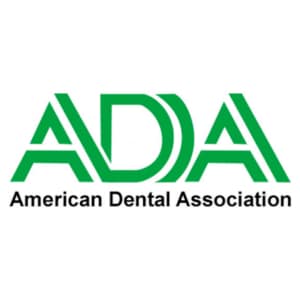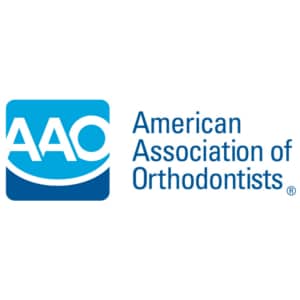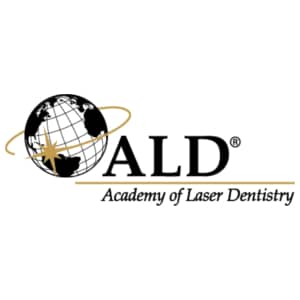The oral cavity consists of the mouth, the inner surfaces of the cheeks and lips, the lower and upper gums, the anterior two-thirds of the tongue, the region behind the tongue, the little space behind the wisdom teeth, and the bony roof of the mouth. It receives secretions from the salivary glands and houses the teeth and tongue.
Where Can You Find the Oral Cavity?
The oral cavity is positioned in the front of the face, underneath the nasal cavities, and is surrounded by a roof, floor, and side walls.
What is the Oral Cavity Comprised of?
The oral cavity consists of two sections:
- Oral vestibule refers to the space between the cheeks or lips and teeth.
- both the real oral cavity and the interdental space
What is the Function of the Oral Cavity?
Primarily, the digestive process begins in the mouth. Before commencing the swallowing process, it combines the food with saliva to absorb and break down the food.
What is the Oral Cavity’s Size?
The average capacity of a male oral cavity is 71.2 ml, as opposed to 55.4 ml for a female oral cavity.
Why is the Oral Cavity Important?
The mouth is essential for early absorption and digestion of food and water, speech production, and healthy breathing. To aid in digestion, the majority of structures in the oral cavity, the teeth, crush and break food into little bits.
What is the Oral Cavity proper?
The lining mucosa (cheeks, lips, the floor of the mouth, alveolar mucosal surface, inferior surface, masticatory mucosa (hard palate and gingiva), and the specialized mucosa (back of the tongue) cover the mouth proper.
What is meant by areas of the Oral Cavity?
The parts of the oral cavity correlate to the codes used to identify the dental service provided.
Related Terms:


















